Stem Cell Culture Supernatant
Regain youthfulness and health through the power of stem cell culture supernatant
Stem cell culture supernatant is referred to supernatant liquid generated in the process of culturing human stem cells. This supernatant is rich in functional ingredients (bioactive substances) such as cytokines, exosomes, and other proteins secreted from stem cells. These ingredients can be administered to repair tissue damaged by disease or promote revitalization of cells that have deteriorated with age and are expected to demonstrate its effects on health and beauty.


unctional ingredients contained in culture supernatant
Among the various types of stem cells, a group called mesenchymal stem cells secrete very rich functional ingredients. Stem cells derived from adipose tissue, deciduous dental pulp, umbilical cord, amnion, and bone marrow belong to this group.
The culture supernatant contains a large number of substances, among which cytokines and exosomes have attracted much attention and are the focus of much research.
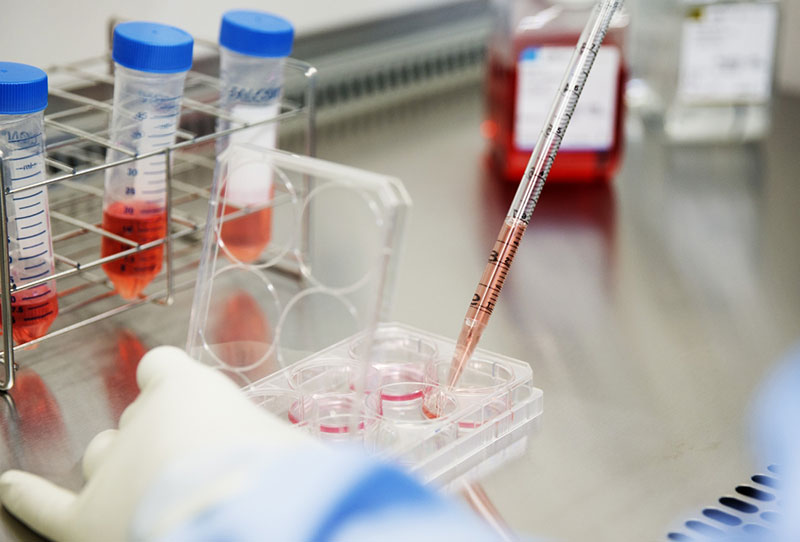
Cytokines
Cytokines are very small proteins that transmit information to cells and demonstrate various effects. To this day, several hundred types of cytokines have been discovered. Also, mesenchymal stem cells contain dozens to two hundred types of cytokines, depending on the cell type.
The cells that receive cytokines have an individual structure called receptors that catch each cytokine. Cytokines and receptors have a strict compatibility, which can be linked to a “key-hole relationship”. This is common in humans without any individual differences, but it is not compatible in different animal species. This is the reason why “human derived cytokines” can be expected to have the most therapeutic effects.
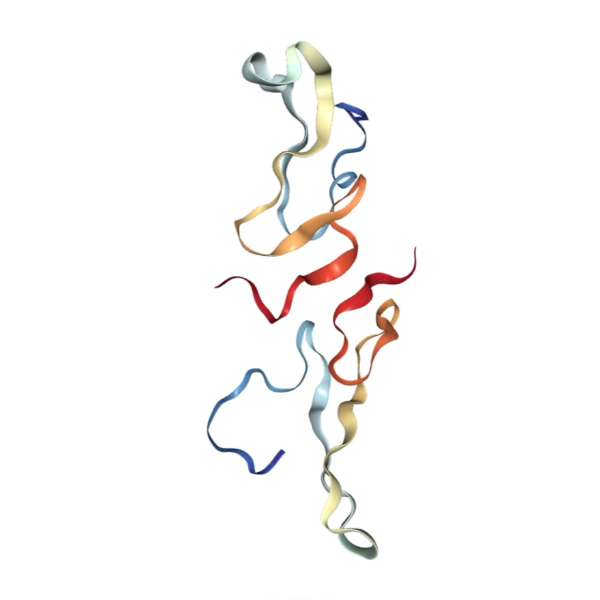 Structure of human EGF(epidermal growth factor)
Structure of human EGF(epidermal growth factor)
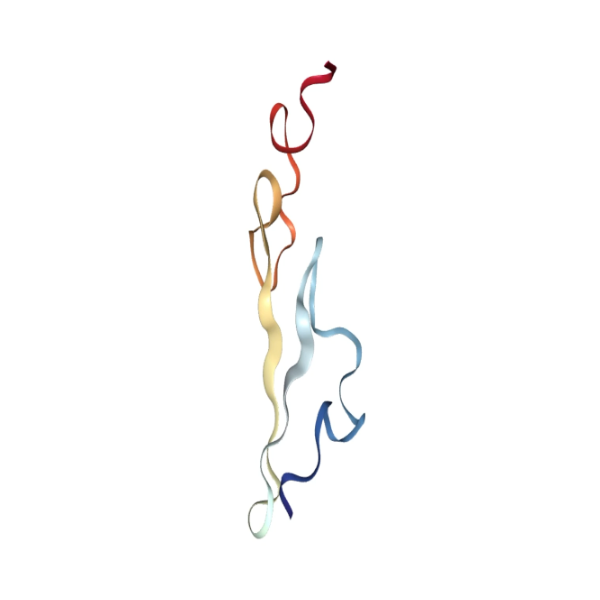 Structure of mice EGF(epidermal growth factor)
Structure of mice EGF(epidermal growth factor)
*Cited from Epidermal Growth Factor; PDB-101
Exosome
An extracellular vesicle, also called an extracellular vesicle, is a membrane-enclosed bag-like structure released from cells. They contain a large number of proteins, lips, RNA, and other molecules, and when exosomes are taken into the cell, these molecules are also taken in at the same time. It has been proven that the components contained in exosomes vary depending on the type and state of the cell that releases them.
According to previous studies, exosomes play a critical role as a means of transmitting information to cells via a route different from that of cytokines. In recent years, there have been discoveries that have defied conventional wisdom in medicine, and the application of exosomes in medicine is attracting more research interests with high expectations for their potential to play a role in the next generation of regenerative medicine.
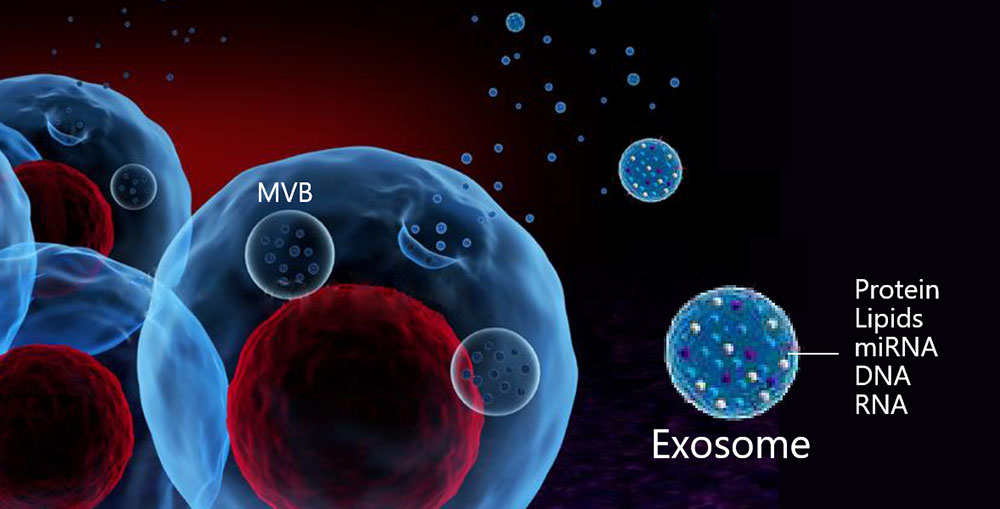
Relationship between Stem Cells and Culture Supernatants
Previously, stem cells were believed to demonstrate therapeutic effects on various diseases by replacing damaged cells due to disease or aging. However, recent studies have shown that the functional ingredients secreted by mesenchymal stem cells in stem cell therapy are effective on surrounding cells to repair them. This action of functional ingredients (cytokines, exosomes, etc.) on surrounding cells is called the paracrine effect. It can be said that culture supernatant therapy is a treatment that only takes out and utilizes the paracrine effect in stem cell therapy, not the stem cells themselves.
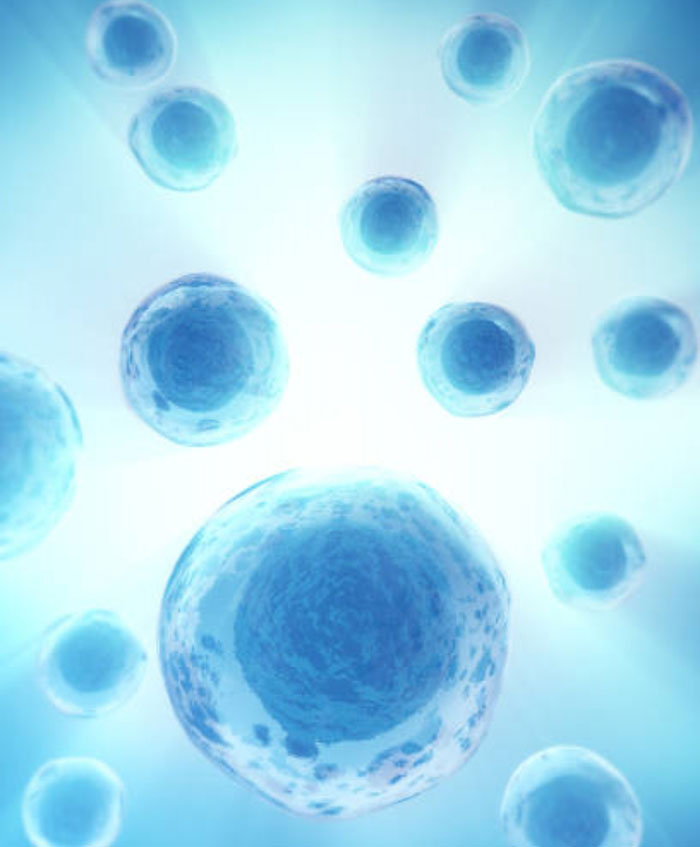
Since cultured supernatant therapy does not contain stem cells, it is not classified as regenerative medicine under the current Japanese law (Act on the Safety of Regenerative Medicine). However, as a cell-free therapy that does not require stem cells, it is expected to play a major role in the next generation of regenerative medicine.
The composition of culture supernatant (components that makes up the culture supernatant) varies depending on the type of stem cells and the conditions of culture. Therefore, it is very important to manufacture the cells under strict safety management and environmental management to expect therapeutic effects. At our clinic, we have established a research system under collaboration with our cell processing facilities to perform culture supernatant therapy consistently from manufacturing to clinical use.
Reported cases of treatment by stem cell culture supernatant
Stem cell culture supernatants have been reported to be effective in treating various diseases.
- Cerebral infarction
- Spinal cord injury
- Multiple sclerosis
- Hypoxic-ischemic encephalopathy
- Parkinson's disease
- Alzheimer-type dementia
- Peripheral nerve disorder
- Chronic pain
- Gonarthrosis
- Tendon injury
- Arthritis
- Atopic dermatitis
- Acne scar
- Vitiligo
- Androgenetic alopecia(AGA)
- Other Alopecia
- Myocardial infarction, Angina pectoris
- Peripheral Arterial Disease
- Diabetes mellitus
- Chronic kidney disease
- Liver disease(Hepatitis, Hepatic sclerosis, hepatic impairment)
- Alcoholism
- Interstitial pneumonitis
- Pulmonary fibrosis
- Chronic obstructive pulmonary disease
- Nicotine dependence
- Pleural effusion
- Autoimmune diseases(rheumatoid arthritis, systemic lupus erythematosus, etc.)
- Allergies(allergic conjunctivitis, allergic brochities, etc.)
- Female menopausal syndrome
- Male menopausal syndrome
- Prostatic hypertrophy
- Erectile dysfunction
- Corneal disorders
- Visual impairment(presbyopia, etc.)
- Bone defects
- Periodontal disease
- Malignant tumor(malignant melanoma, lung cancer, colon cancer, glioma, breast cancer, etc.)
- Anti-Aging Medicine (rejuvenation of the skin and blood vessels)
- COVID-19 Infection
- Sequelae after recovery from COVID-19 infection
-

Health
- Intravenous administration to the entire body(infusion)
- Expected to improve various diseases, anti-aging, sensitivity to cold, visual acuity, sleep disorders, make sexual function, blood flow, etc.
- Administration to damaged areas or joints(local injection)
- By injecting it directly into the injured or painful area, the cells are expected to be activated, the tissues are repaired and improved, and the inflammation and pain are reduced.
-

Beauty
- Subcutaneous administration(local injection)
- Expected to demonstrate skin rejuvenation effects for age-related changes such as spots, wrinkles, and sagging. Injections into the scalp can also be expected to have the effect of improving hair growth, hair quality, and gray hair.
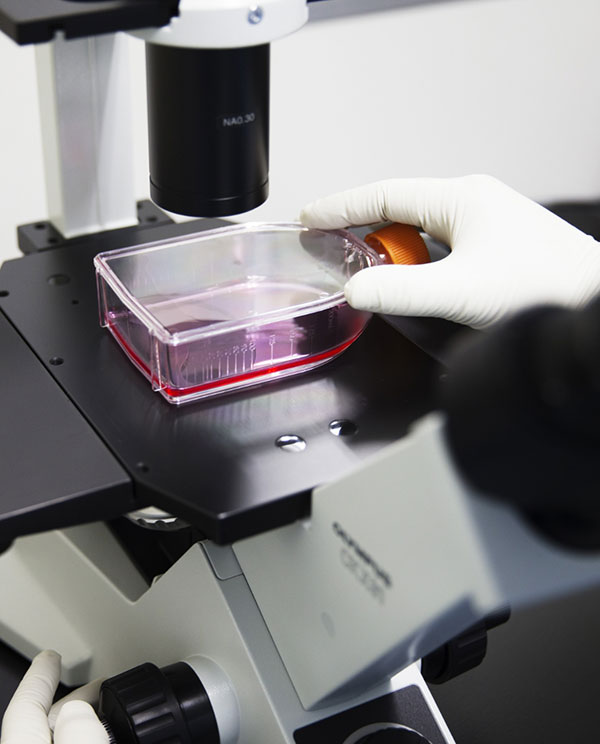
Stem Cell Therapy
Your own adipose-derived stem cells are multiplied by cell culture and administered by intravenous injection or local injection, which is expected to repair and regenerate damaged tissues.
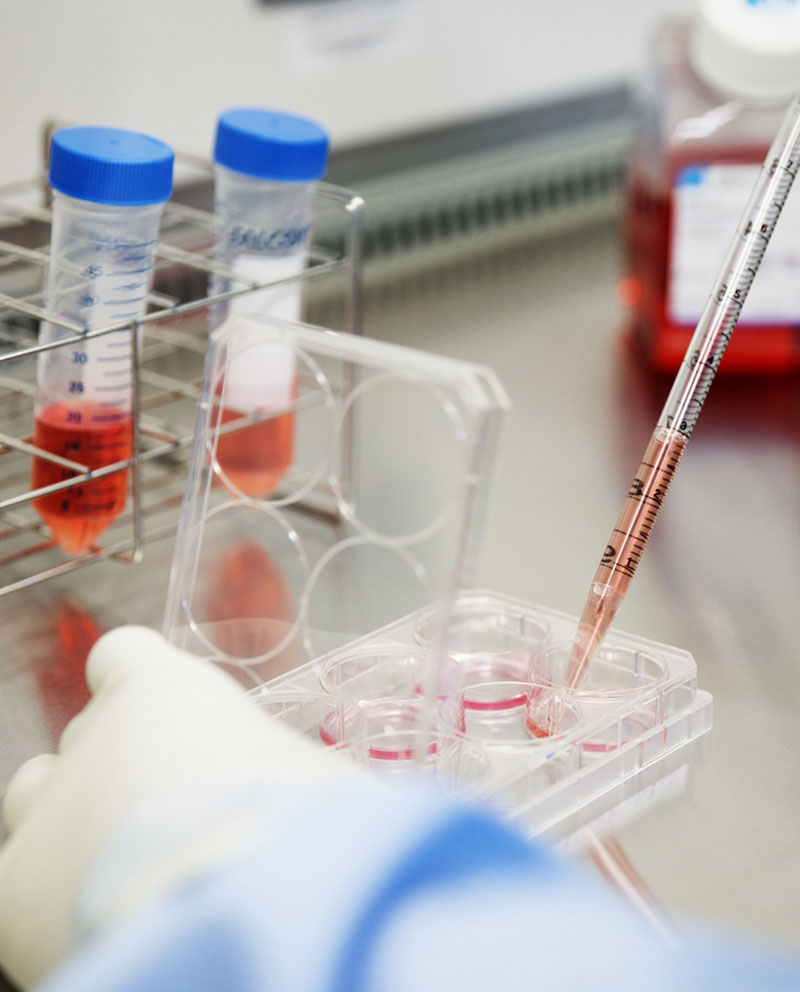
Immunotherapy
Immunity can be enhanced by administering various immune cells such as NK cells, T cells, and dendric cells that have been proliferated and activated by cell culture treatment.
